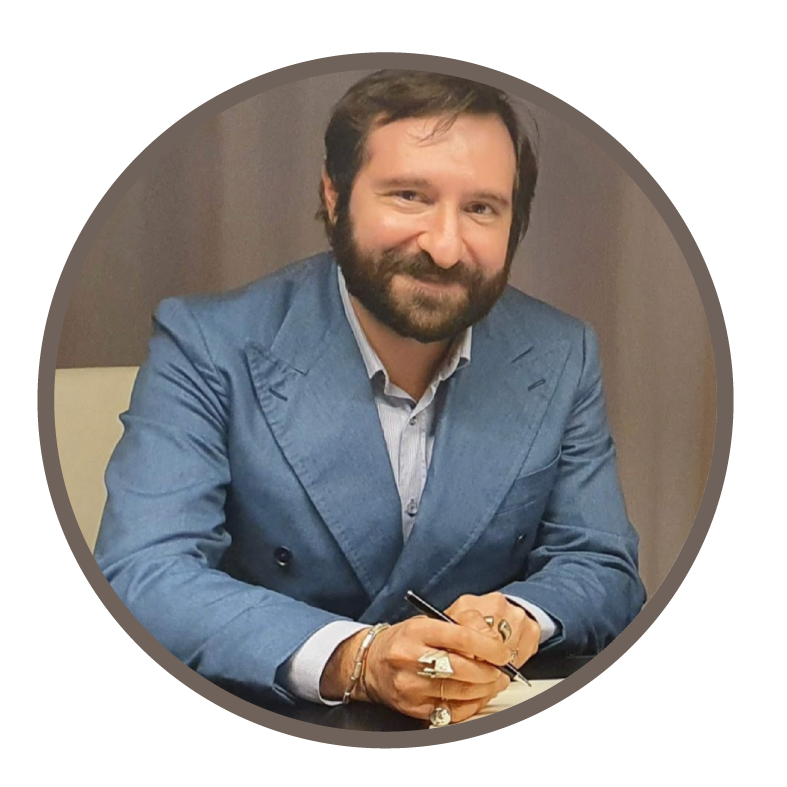Dec 2022

Abstract:
Astrocytes
are the most abundant type of glial cells in mammalian brain,
undergoing a number of physiological roles in the CNS. Their complex
morphology spanning from large micrometer sized to smaller nanometer
sized processes, reflects their eclectic nature. The lack of a clear
morphological identity of cellular subdomains have limited the
understanding of the role of these cells, hence technological
advancements in the field of neuroscience during the 20th century have
been focused on the investigation of neurons. Lately, adapting state of
the art microscopy and molecular techniques to the study of astrocytes
allowed scientists to shed light on certain unexpected features of these
cells. Connectomics at the synaptic level takes advantage of
high-resolution 3D electron microscopy to trace single neurons
connectivity, by upscaling a technique designed to observe nanoscopic
features to large scale imaging; same technology adapted to the
observation of astrocytes is allowing scientists to investigate
astrocytic ultrastructure. The high fractality of astrocytes, moreover,
makes such investigations hard to perform on 2D screens, due to visual
occlusion, that is making qualitative observation hard to make. For
these reasons, we recently pioneered the use of state-of-the-art
visualization and mixed reality tools as an integral part of our
analytic framework to study astrocytic, and more in general brain
parenchyma, allowing scientists to interactively navigate throughout the
brain and its morphological complexity.
Bio:
Corrado
Calì was trained an electronic engineer at Politecnico di Torino,
Italy. He completed his MSc in 2006, in the lab of Henry Markram at EPFL
(Lausanne, Switzerland), where he became interested in neuroscience. In
the same year he joined the lab of Paola Bezzi at UNIL (University of
Lausanne, Lausanne, Switzerland), where he got his doctoral degree in
2012. His research was focused in elucidating the physiological role of
astroglial cells in the modulation of synaptic transmission, by
releasing neuroactive compounds (so called "gliotranmsission"). After
one year as postdoctoral fellow in Graham Knott's lab, where he enriched
and deepend his skills in the state-of-the-art electron microscopy
techniques, he joined Pierre Magistretti's lab in KAUST (King Abdullah
University of Science and Technology, Thuwal, Saudi Arabia). Here, he
investigated the mechanisms of metabolic support of astrocytes to
neurons using morphological and 3D imaging approaches. In particular, he
pioneered the use of VR (virtual reality) in neuroscience and is
actively exploring scientific visualization approaches for explorative
analysis of sparse and dense reconstructions of the CNS from
serial-section Electron Microscopy. His interests in 3D visualization
and augmented reality led him to establish a company, Intravides
(Torino, Italy) with a more clinical focus, developing an Augmented
Reality medical device to assist and improve neurosurgical training and
practice. Since February 2020, he joined the department of Neuroscience
of the University of Torino (Italy), and is now associate professor of
Human Anatomy.